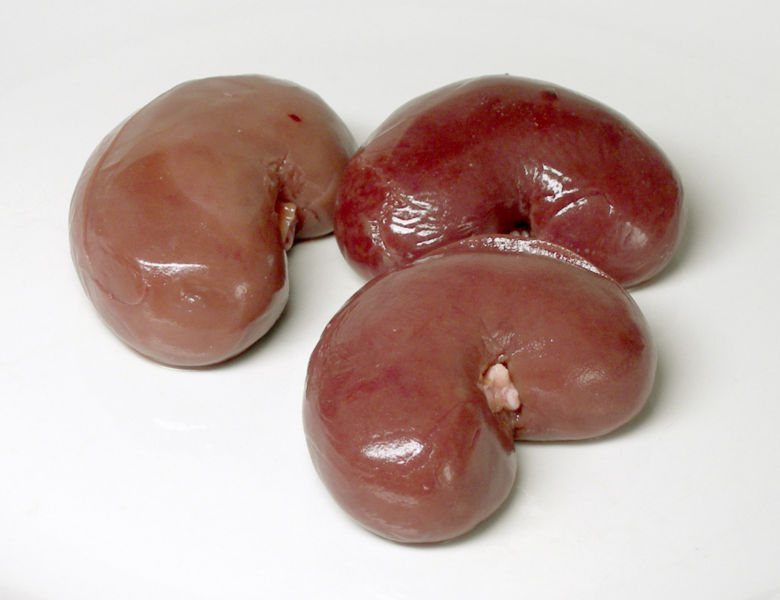A miniature kidney has been produced in the culture dish for the first time by researchers in Australia.
Kidney disease affects millions worldwide and is in the top ten leading  causes of death in many developed countries.
causes of death in many developed countries.
Risk factors for developing kidney problems include high blood pressure and diabetes, the incidence of which is increasing. And although kidney dialysis can be used to keep patients alive, it destroys an individual's quality of life and still leaves those who depend upon it feeling debilitated and unwell.
Now Australian researcher Melissa Little, from the Murdoch Children's Institute in Melbourne, has take us a step closer to being able to grow replacement kidneys for those who need them.
Writing in Nature, Little and her team describe a pioneering tissue culture technique that has enabled them first to turn a skin cell into a population of stem cells, and then turn those stem cells into a miniature kidney.
The process takes a painstaking three weeks and results in a blob of material up to one centimetre across.
Viewed down a microscope, the tissue contains the 27 different cell types that make up a mature kidney, "and all the little tubes, blood vessels and other structures you expect to see," says Little.
Genetically, the newly-created kidney "organoid", as the team dub it, matches the profile of genes seen in the developing kidney of a human foetus. The tissue is also biochemically functional and capable of extracting test dextran molecules from the culture medium.
"We cannot grow them any bigger because, although they contain blood vessels, they are growing in a dish and there's no blood supply," Little explains, saying that this is something they're working on while emphasising that dialysis replaces only about 10% of a person's normal kidney function, "so there's plenty of scope for improvement there."
In the near term, where the breakthrough will come into its own is in the modelling of kidney diseases, the development of disease-modifying therapies and the safety profiling of drugs including cancer therapies, which are notoriously nephro- (kidney) toxic.
"We can take a cell from a patient and produce a miniature replica of their kidney to study how a genetic mutation they might carry causes a certain disease, and then screen for drugs that can treat that condition. Longer term, and assuming we can fix the genetic mutation first, we will be able to grow someone a whole new organ..."
- Previous Antioxidant vitamins cause cancer spread
- Next Flu breast infection










Comments
Add a comment